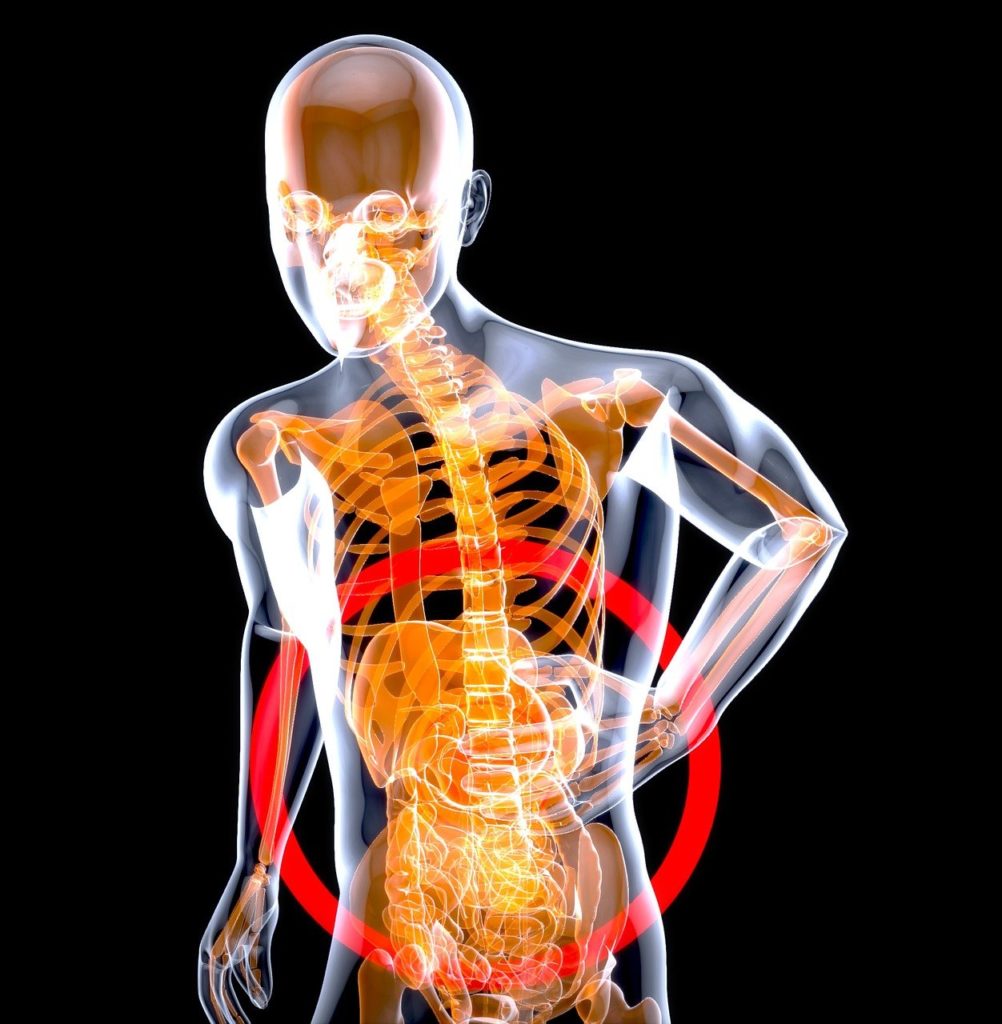
The biological roots of autism continue to perplex researchers despite a growing body of studies looking at an increasing array of genetic, cellular and microbial data. Recently, scientists have homed in on a new and promising area of focus: the microbiome. This collection of microbes that inhabit the human gut has been shown to play a role in autism, but the mechanics of this link have remained awash in ambiguity. Taking a fresh computational approach to the problem,sheds new light on the relationship between the microbiome and autism. This research — which originated at the Simons Foundation’s Autism Research Initiative (SFARI) and involved an innovative reanalysis of dozens of previously published datasets — aligns with a recent, long-term study of autistic individuals that centred on a microbiome-focused treatment intervention. These findings also underscore the importance of longitudinal studies in elucidating the interplay between the microbiome and complex conditions such as autism.
“We were able to harmonize seemingly disparate data from different studies and find a common language with which to unite them. With this, we were able to identify a microbial signature that distinguishes autistic from neurotypical individuals across many studies,” says Jamie Morton, one of the study’s corresponding authors, who began this work while a postdoctoral researcher at the Simons Foundation and is now an independent consultant. “But the bigger point is that going forward, we need robust long-term studies that look at as many datasets as possible and understand how they change when there is a [therapeutic] intervention.”
With 43 authors, this study brought together leaders in computational biology, engineering, medicine, autism and the microbiome who hailed from institutions in North America, South America, Europe and Asia. “The sheer number of fields and areas of expertise in this large-scale collaboration is noteworthy and necessary to get a new and consistent picture of autism,” says Rob Knight, the director of the Center for Microbiome Innovation at the University of California San Diego and a study co-author.
Autism is inherently complex, and studies that attempt to pinpoint specific gut microbes involved in the condition have been confounded by this complexity. First, autism presents in heterogeneous ways — autistic individuals differ from each other genetically, physiologically and behaviorally. Second, the microbiome presents unique difficulties. Microbiome studies typically report simply the relative proportions of specific microbes, requiring sophisticated statistics to understand which microbial population changes are relevant to a condition of interest. This makes it challenging to find the signal amongst the noise. Making matters more complicated, most studies to date have been one-time snapshots of the microbial populations present in autistic individuals. “A single time point is only so powerful; it could be very different tomorrow or next week,” says study co-author Brittany Needham, assistant professor of anatomy, cell biology and physiology at the Indiana University School of Medicine.
“We wanted to address the constantly evolving question of how the microbiome is associated with autism, and thought, ‘let’s go back to existing datasets and see how much information we may be able to get out of them,’” says co-corresponding author Gaspar Taroncher-Oldenburg, director of Therapeutics Alliances at New York University, who initiated the work with Morton while he was a consultant-in-residence for SFARI.
In the new study, the research team developed an algorithm to re-analyze 25 previously published datasets containing microbiome and other “omic” information — such as gene expression, immune system response and diet — from both autistic and neurotypical cohorts. Within each dataset, the algorithm found the best matched pairs of autistic and neurotypical individuals in terms of age and sex, two factors that can typically confound autism studies. “Rather than comparing average cohort results within studies, we treated each pair as a single data point, and thus were able to simultaneously analyze over 600 ASD-control pairs corresponding to a de facto cohort of over 1,200 children,” says Taroncher-Oldenburg. “From a technical standpoint, this required the development of novel computational methodologies altogether,” he adds. Their new computational approach enabled them to reliably identify microbes that have differing abundances between ASD and neurotypical individuals.
To the researchers’ surprise, their analysis identified autism-specific metabolic pathways associated with particular human gut microbes. Importantly, these pathways were also seen elsewhere in autistic individuals, from their brain-associated gene expression profiles to their diets. “We hadn’t seen this kind of clear overlap between gut microbial and human metabolic pathways in autism before,” says Morton.
Even more striking was an overlap between microbes associated with autism, and those identified in a recent long-term fecal microbiota transplant study led by James Adams and Rosa Krajmalnik-Brown at Arizona State University’s Biodesign Center for Health Through Microbiomes. “Another set of eyes looked at this, from a different lens, and they validated our findings,” says Krajmalnik-Brown, who was not involved in the study published today.
“What’s significant about this work is not only the identification of major signatures, but also the computational analysis that identified the need for future studies to include longitudinal, carefully designed measurements and controls to enable robust interpretation,” says Kelsey Martin, executive vice president of SFARI and the Simons Foundation Neuroscience Collaborations, who was not involved in the study.
“Going forward, we need more long-term studies that involve interventions, so we can get at cause-and-effect,” says Morton. Taroncher-Oldenburg, who cites the compliance issues often faced by traditional long-term studies, suggests that study designs could more effectively take into account the realities of long-term microbiome sampling of autistic individuals. “Practical, clinical restrictions must inform the statistics, and that will inform the study design,” he says. Further, he points out that long-term studies can reveal insights about both the group and the individual, as well as how that individual responds to specific interventions over time.
Importantly, researchers say these findings go beyond autism. The approach set forth here could also be employed across other areas of biomedicine that have long proved challenging. “Before this, we had smoke indicating the microbiome was involved in autism, and now we have fire. We can apply this approach to many other areas, from depression to Parkinson’s to cancer, where we think the microbiome plays a role, but where we don’t yet know exactly what the role is,” says Knight.
